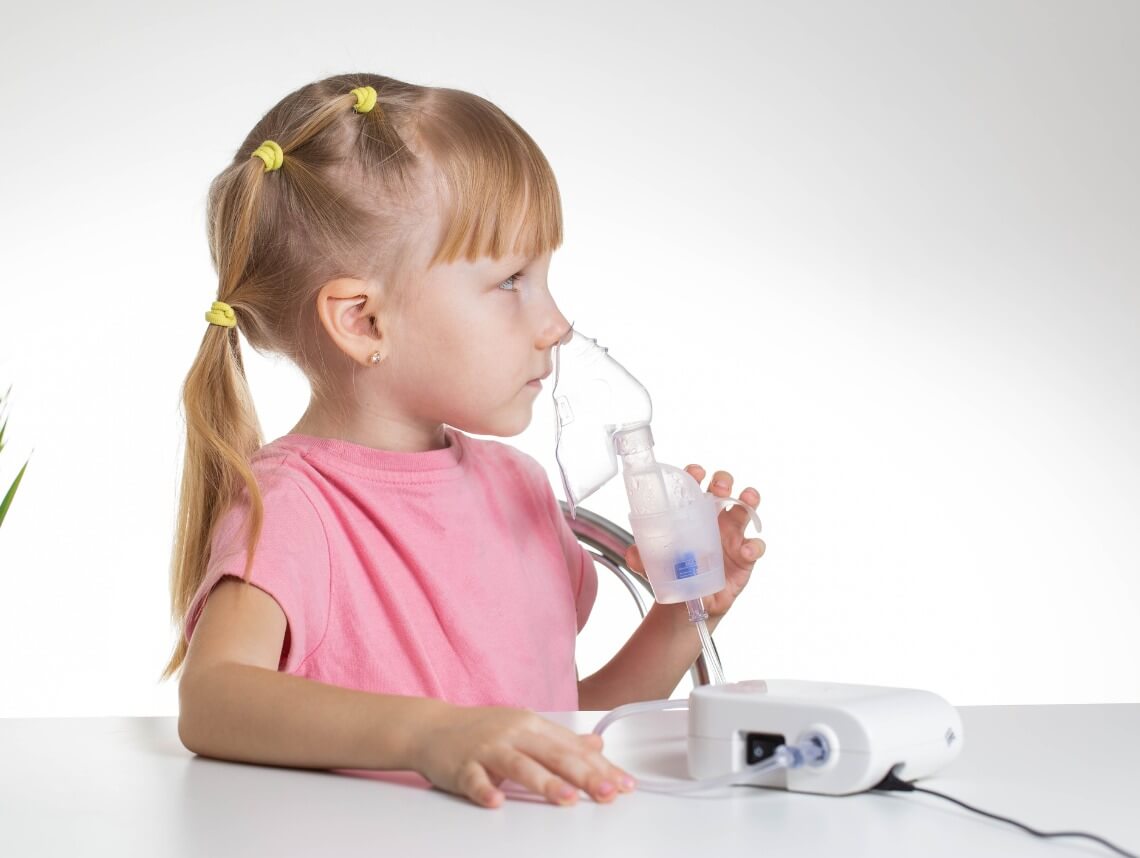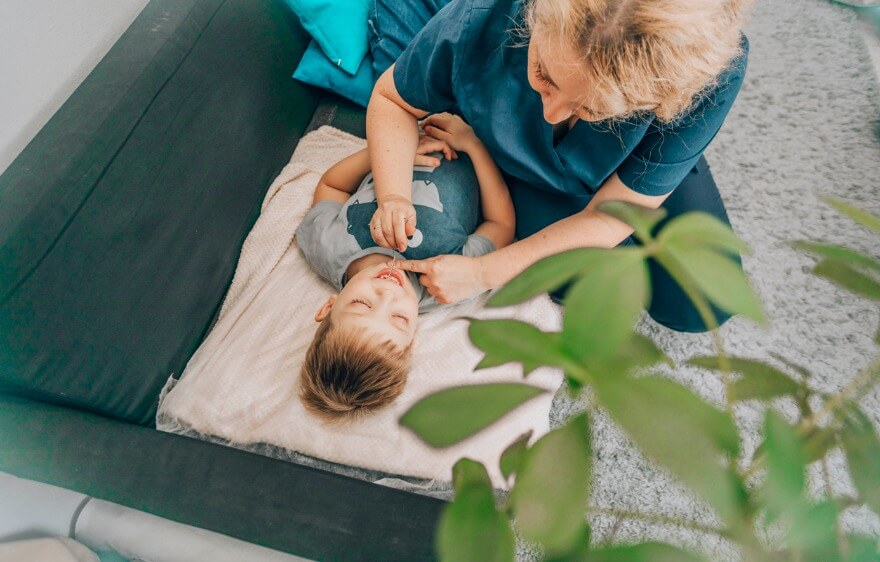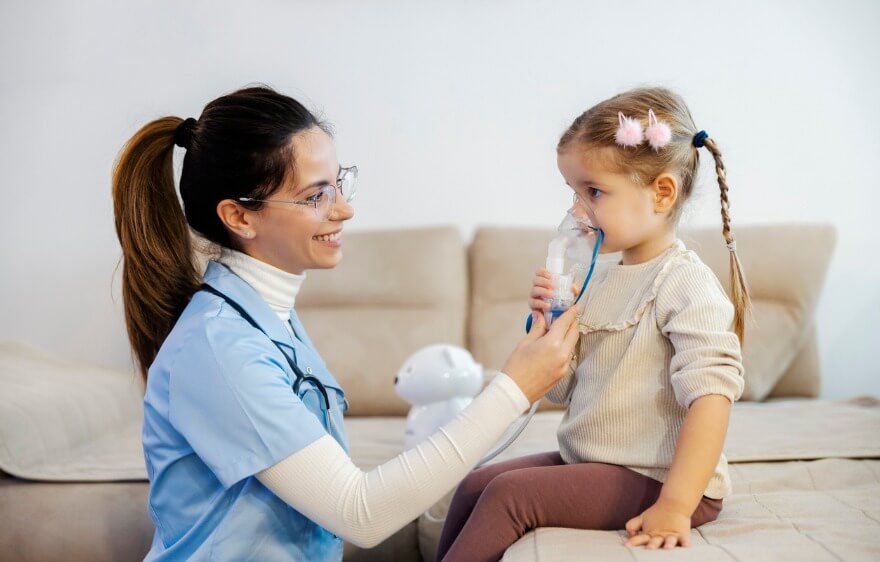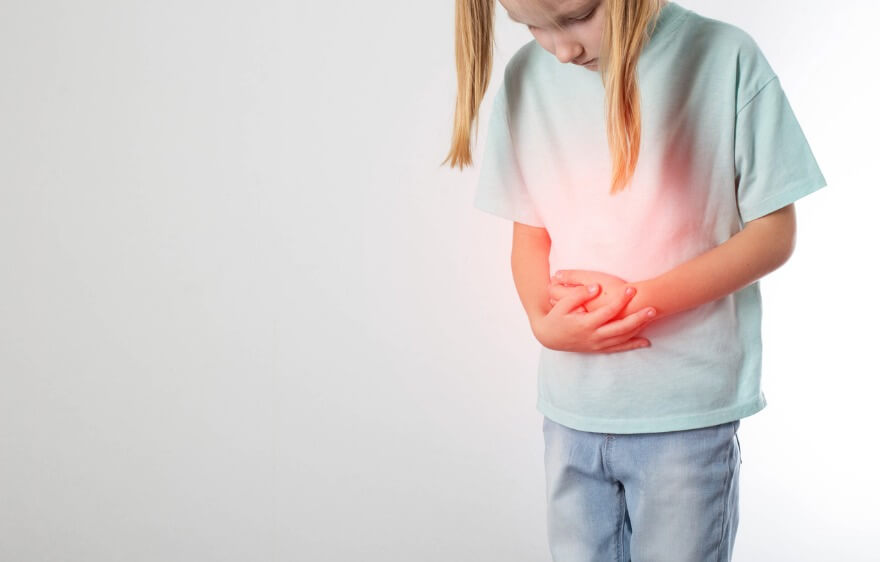Childhood is a time of growth, exploration, and, most importantly, restorative sleep. However, some children face the challenge of sleep disorders like obstructive sleep apnea. For those diagnosed with this condition, automatic positive airway pressure (APAP) can be a crucial aspect of treatment. In this blog, we will delve into APAP, its symptoms and causes, the diagnostic process, treatment options, and tips for caring for a child with this therapy.
What is automatic positive airway pressure (APAP)?
Automatic positive airway pressure, commonly called APAP, is a treatment modality used to manage obstructive sleep apnea (OSA). OSA is a sleep disorder characterized by repeated interruptions in breathing during sleep, often caused by the relaxation of throat muscles. APAP devices deliver a continuous flow of pressurized air through a mask to keep the airway open, ensuring uninterrupted breathing throughout the night.
Automatic Positive Airway Pressure in Children Symptoms
- Loud Snoring: One of the most common symptoms of OSA in children is loud and persistent snoring, which may be accompanied by pauses in breathing.
- Daytime Sleepiness: Children with OSA often experience excessive daytime sleepiness, which can negatively impact their performance at school and overall quality of life.
- Restless Sleep: Frequent awakenings during the night, accompanied by gasping or choking sounds, can indicate OSA.
- Behavioral Issues: OSA can lead to mood swings, irritability, and difficulty concentrating.
- Enuresis (Bedwetting): Some children with OSA may develop bedwetting issues, which can indicate sleep disruption.
What causes automatic positive airway pressure in children?
The primary cause of OSA in children is usually enlarged tonsils and adenoids, which can obstruct the airway during sleep. Other contributing factors may include obesity, craniofacial abnormalities, and genetic predisposition.
Diagnosing Automatic Positive Airway Pressure in Children
Diagnosing OSA in children typically involves a comprehensive evaluation, including:
- Clinical Assessment: A healthcare provider will assess the child’s medical history and symptoms, paying close attention to sleep patterns, snoring, and daytime behavior.
- Polysomnography (Sleep Study): This is the gold standard for diagnosing OSA. It involves an overnight stay in a sleep center, during which various parameters, such as breathing, heart rate, and brain activity, are monitored.
- Home Sleep Testing: In some cases, a simplified sleep study can be done at home to screen for OSA.
Automatic Positive Airway Pressure Treatment Options
Once OSA is diagnosed, treatment options may be recommended, and APAP therapy is one of them. Other treatment options may include:
- Tonsillectomy and Adenoidectomy: Surgical removal of enlarged tonsils and adenoids can effectively treat OSA caused by these obstructions.
- Weight Management: Weight management through diet and exercise may be recommended for children with obesity-related OSA.
- Positional Therapy: Some children only experience OSA when sleeping in certain positions. Encouraging a different sleep position can help in such cases.
Caring for a Child with APAP
Caring for a child undergoing APAP therapy involves several key considerations:
- Education: Ensure both you and your child understand how the APAP machine works, as well as proper mask fitting and maintenance.
- Consistency: Encourage your child to use the APAP machine consistently, as their healthcare provider prescribes, even during naps.
- Routine Follow-ups: Regularly follow up with your child’s healthcare provider to monitor their progress and make necessary adjustments to the treatment plan.
- Comfort and Support: Ensure your child feels comfortable with the APAP mask and receives emotional support throughout the treatment journey.
- Healthy Lifestyle: If obesity is a contributing factor, promote a healthy lifestyle through balanced nutrition and regular physical activity.
Automatic positive airway pressure (APAP) therapy can be a game-changer for children with obstructive sleep apnea. Recognizing the symptoms, seeking a proper diagnosis, and providing consistent care and support can help your child achieve restorative sleep and improved overall well-being. Always consult healthcare professionals for guidance tailored to your child’s needs and circumstances.
Contact Care Options for Kids for Home Health Care in Florida
It can be hard to balance your time between work, home, and caring for a child. That’s why our team of skilled professionals at Care Options for Kids is here to help.
Our home health care services offer one-on-one care in the comfort of your home. We refer loving and competent nurses to provide customized care for families — from a few hours a day to around-the-clock supervision. Contact us directly to speak with a home health care professional or request a free Pediatric Consultation. Together, we can determine the best plan of action to keep your loved ones happy and healthy.
If you or a loved one are considering Pediatric Home Health Care Services in Florida, contact the caring staff at Care Options for Kids. Call today at (888) 592-5855.






